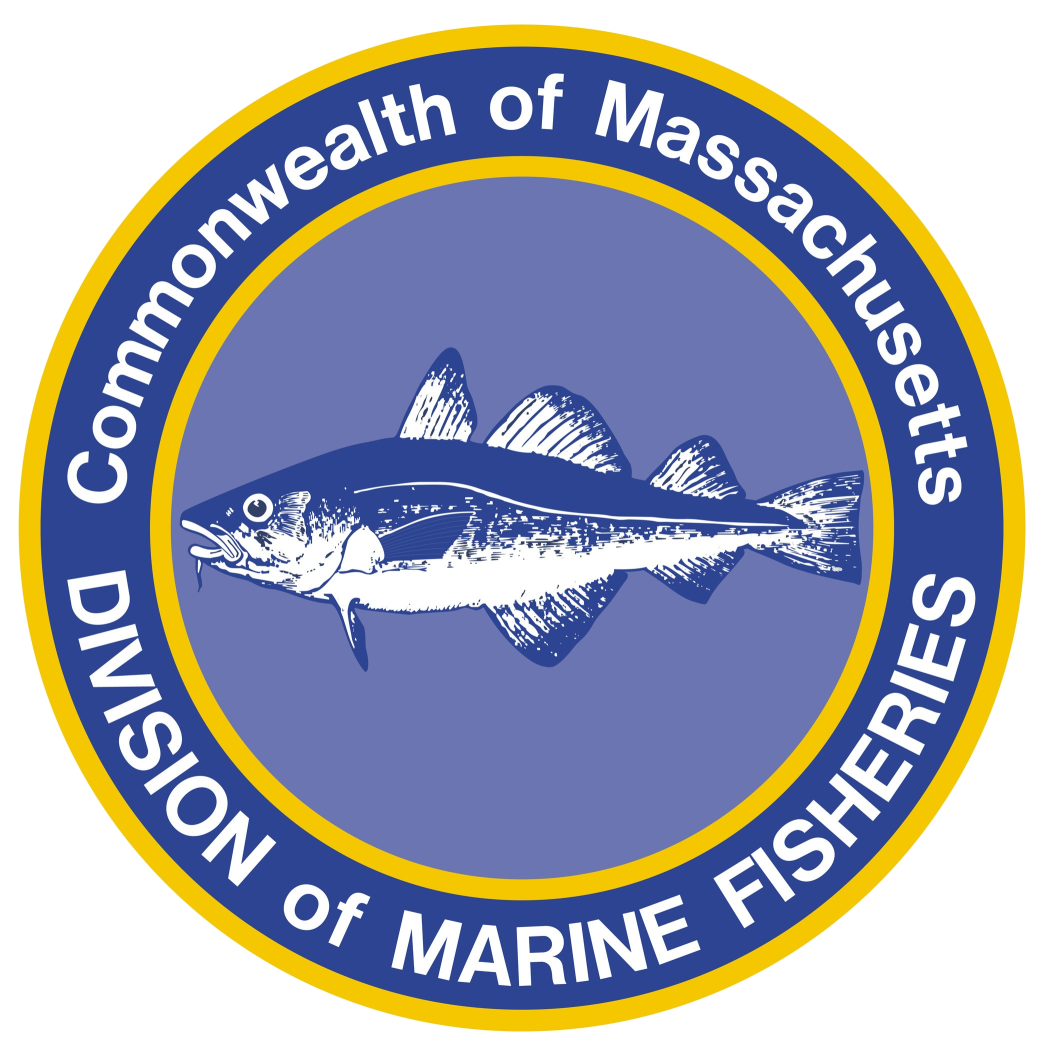- Division of Marine Fisheries
A new stock assessment has just been completed for striped bass and the results were presented to the Atlantic States Marine Fisheries Commission’s Atlantic Striped Bass Management Board. The results of the 2022 Atlantic Striped Bass Stock Assessment Update indicate the resource is no longer experiencing overfishing but remains overfished relative to the updated biological reference points. Female spawning stock biomass (SSB) in 2021 was estimated at 143 million pounds, which is below the SSB threshold of 188 million pounds and below the SSB target of 235 million pounds. While the stock is still considered overfished, the trajectory of SSB is clearly trending upwards in the last few years. Total fishing mortality in 2021 was estimated at 0.14, which is below the updated fishing mortality threshold of 0.20 and below the updated fishing mortality target of 0.17.
An overview of the stock assessment is available on the ASMFC’s striped bass webpage.
While the stock remains in a rebuilding state, the reduction of fishing mortality to below the target is a significant achievement. In order to lower fishing mortality, cuts to the harvest of striped bass had to be made in 2015 (25%) and 2020 (18%). This was achieved by lower bag limits, reduced commercial quotas, mandatory use of circle hooks, and a recreational harvest slot limit in the coastal states (28” to <35”). This lowering of the fishing mortality rate was necessary to put the striped bass population on a track to rebuild and to ensure sustainability of the fishery. These cuts represented a substantial sacrifice for all sectors and DMF greatly appreciates the cooperation of all the recreational and commercial interests.
The 2022 Assessment Update also included short-term projections to determine the probability of SSB being at or above the SSB target by 2029, which is the stock rebuilding deadline. Under the current fishing mortality rate, there is a 78.6% chance the stock will be rebuilt by 2029, indicating a further reduction in catch is not necessary at this time. This is indeed good news and will allow us to keep our current regulations the same for the immediate future.
The projections and the updated fishing mortality reference points took into account the period of low recruitment the stock has experienced in recent years in Chesapeake Bay. Unfortunately, these years of low recruitment (2019-2022) will present challenges for the future management of striped bass. While fishing mortality is currently at a good level and SSB is projected to rebuild by 2029, controlling fishing mortality will be difficult as these poor-year classes become part of the SSB beginning in about 2026. The weak year classes coming out of Chesapeake Bay in recent years are believed to be the result of certain environmental conditions on the spawning grounds in the spring rather than a lack of spawning fish or insufficient forage. Occasional poor year classes are to be expected from a fish like striped bass owing to its particular life history, but the recent run of poor year classes for multiple
years is of great concern. We have our fingers crossed that we will see a good year class coming out of the Chesapeake Bay in 2023, rather than continued poor recruitment and we will continue to closely monitor spawning success in the other two significant spawning grounds, Delaware Bay and Hudson River.
In summary, management of the striped bass population is in a pretty good spot for the moment. Fishing mortality is properly controlled and the biomass of the stock is on a positive trajectory towards being rebuilt by 2029. But possible problems loom for the future and we will be carefully watching the reproductive success in the upcoming years. As has been demonstrated in the past, appropriate and strong management and the cooperation of recreational and commercial fishermen will help us weather any problems arising in the future.
By Dr. Michael Armstrong, Deputy Director
